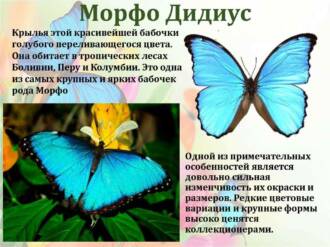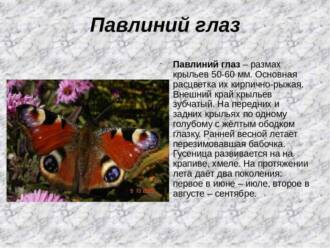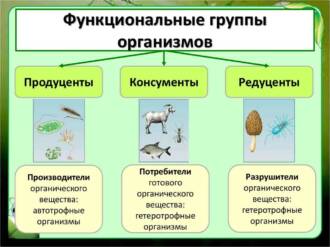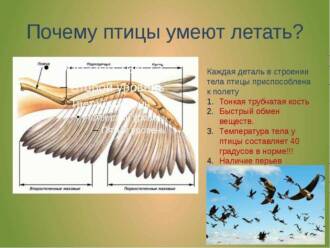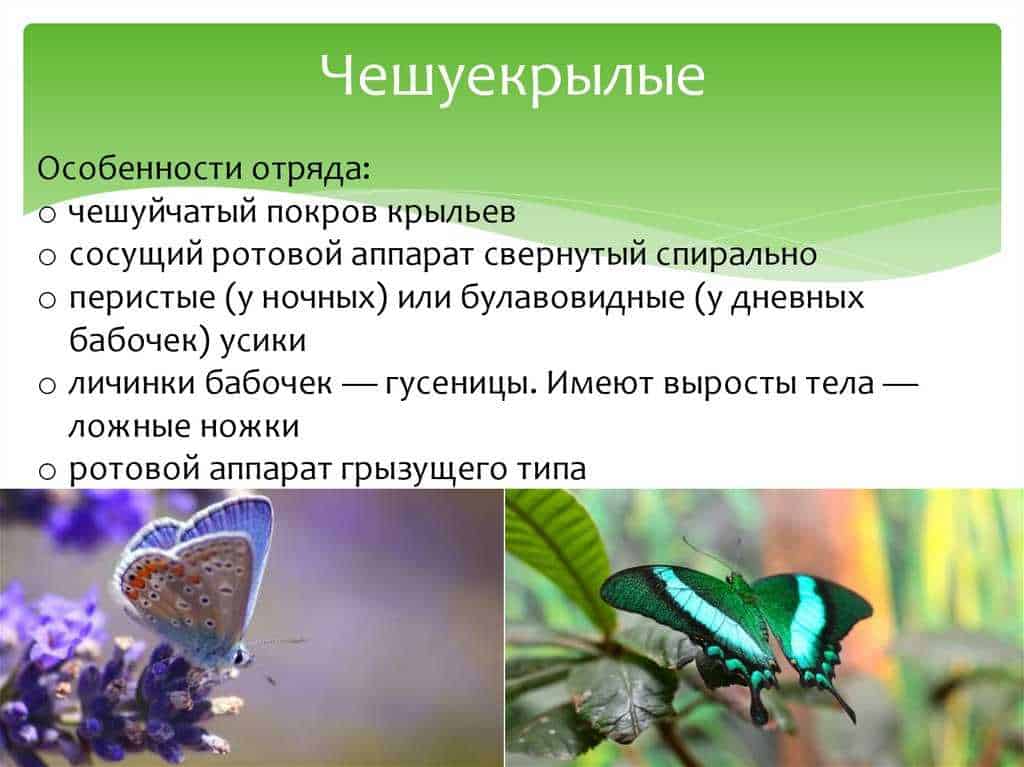
Butterflies are wonderful insects that belong to the order Lepidoptera. They are among the most beautiful creatures on the planet due to their unique body coloring. The coloring of butterflies can be very diverse - from delicate pastel shades to bright and saturated colors. In addition, some species of butterflies have patterns, stripes and spots on their wings, which make them even more attractive.
There are a great many species of butterflies in the world, each with its own characteristics. Some species of butterflies are very large, for example, tiger butterflies, which can have a wingspan of up to 30 cm. Other species, on the contrary, are very small, their size does not exceed a few millimeters. Butterflies also differ in the shape of their wings: some are rounded, while others are pointed.
One of the most amazing features of butterflies is their ability to fly. Thanks to their wings covered with small scales, butterflies can fly long distances and even overcome obstacles. They can change direction of flight, melt smoothly in the air and maneuver among plants. Thanks to this, they can easily find food and avoid danger.
What are butterflies
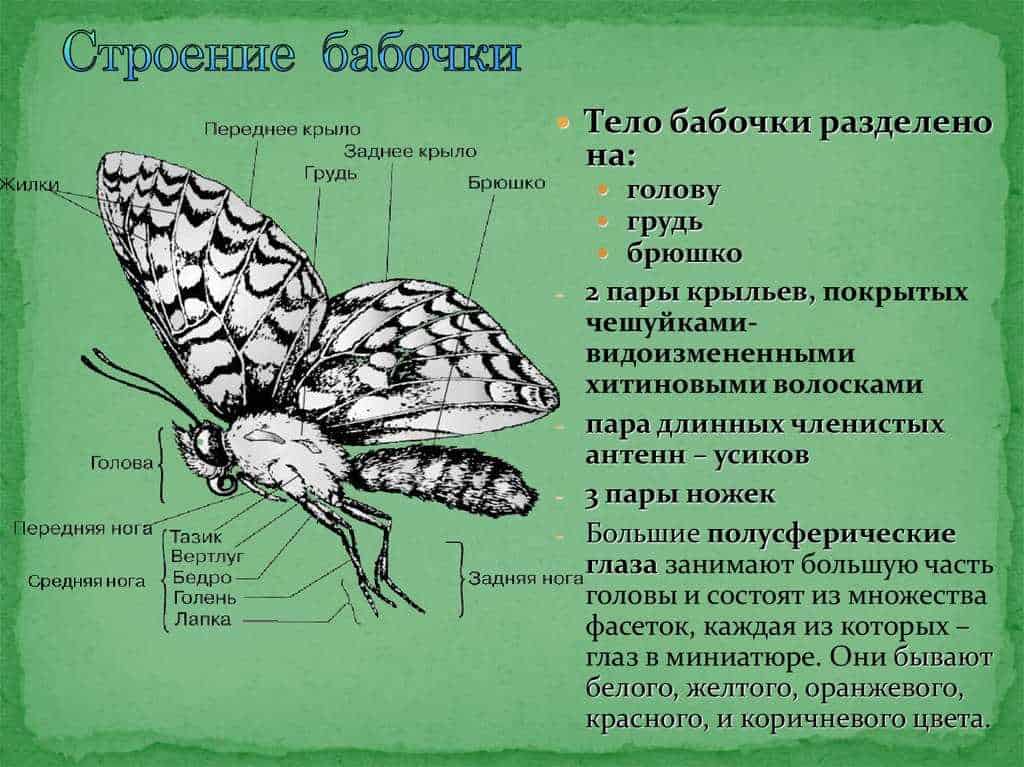
Butterflies are a type of insect belonging to the order Lepidoptera. They are among the most beautiful and diverse creatures on our planet. The main feature of butterflies is their body color.
The coloring of a butterfly's body can be very diverse and bright. In some species it is pale and delicate, in others it is bright and saturated. Often the coloring of butterflies has bright patterns and designs that serve to attract attention and can be used as a defense mechanism against predators.
Butterflies have wings covered with small scales that give them a special texture and color. Butterfly wings have a unique structure made up of veins that maintain their shape and allow them to fly. Some butterfly species can fly long distances, covering thousands of kilometers during their migrations.
Variety of species

Butterflies are one of the most diverse groups of insects. There are a huge number of species of butterflies, each of which has its own unique features and characteristics. There are about 180,000 known species of butterflies in the world, and this number is constantly increasing with each new discovery.
The diversity of butterfly species can be seen not only in their appearance, but also in their behavior, habitat and habits. Some species of butterflies are nocturnal and active only during the dark, while others prefer a diurnal rhythm and are active during daylight hours.
Each type of butterfly has its own unique color and pattern on the wings. Some species of butterflies have bright and rich colors, which serve them to attract mates and scare away predators. Other butterfly species have camouflage colors that help them blend into their surroundings and remain undetected by predators.
It is interesting to note that each species of butterfly has its own special shape and size of wings. Some species have wide and rounded wings, which helps them maneuver in the air, while other species have long and narrow wings, which allows them to develop greater flight speed. In addition, some species of butterflies have elongated "tails" on their wings, which serve them for protection and to repel predators.
As a result, the diversity of butterfly species is impressive and fascinating. Each butterfly species is unique and a true natural wonder worth studying and admiring.
Structural features

Text about butterflies.
Butterflies are insects whose distinctive feature is their wings, covered with tiny scales. Butterfly wings consist of two pairs and have a variety of shapes and colors. They can be large and rounded, narrow and pointed, or with a wide fork at the end.
Butterfly wings are very fragile, they are covered with thin membranes that are supported by a network of veins. These veins not only give the wings strength, but also serve for locomotion and flight control. They form a complex structure that provides flexibility and lightness to the wings.
In addition, special organs called drums are found on the wings of butterflies. They are located at the ends of the front wings and serve to produce sounds. Thanks to the drums, butterflies can produce sounds for communication and attracting partners.
Butterflies also have a pair of antennae that perform various functions. They serve to detect food, find partners, navigate in space and communicate with other individuals. Butterfly antennas can be of different shapes and lengths depending on the species.
Development cycle
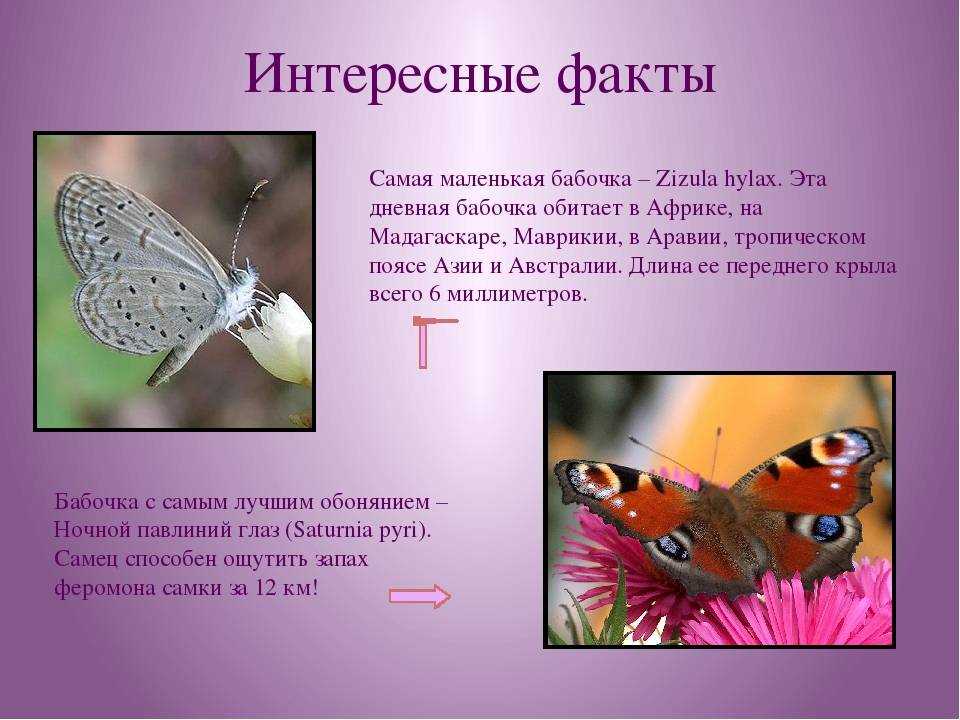
Butterflies go through an amazing developmental process known as metamorphosis. This process consists of four stages: egg, caterpillar, pupa and adult butterfly.
Egg: The life cycle of a butterfly begins with a small egg. Eggs can be of different sizes and shapes, depending on the type of butterfly. They are usually deposited on the leaves of plants, which will serve as food for the caterpillar.
Caterpillar: The egg hatches into a caterpillar that will feed on plants and grow actively. The caterpillar goes through several moults where it sheds its old skin and replaces it with new skin to increase its size. The caterpillar eats a lot to accumulate enough energy for the next stage.
Pupa: When the caterpillar reaches a certain size, it turns into a pupa. The pupa is usually enclosed in a cocoon or chitinous shell, which protects it from external influences. Magical transformations take place inside the pupa, and the caterpillar turns into an adult butterfly.
Adult butterfly: After some time, the pupa breaks and an adult butterfly flies out. The adult butterfly has wings that allow it to fly and search for food. They also play an important role in flower pollination, carrying pollen from one flower to another.
Role in the ecosystem
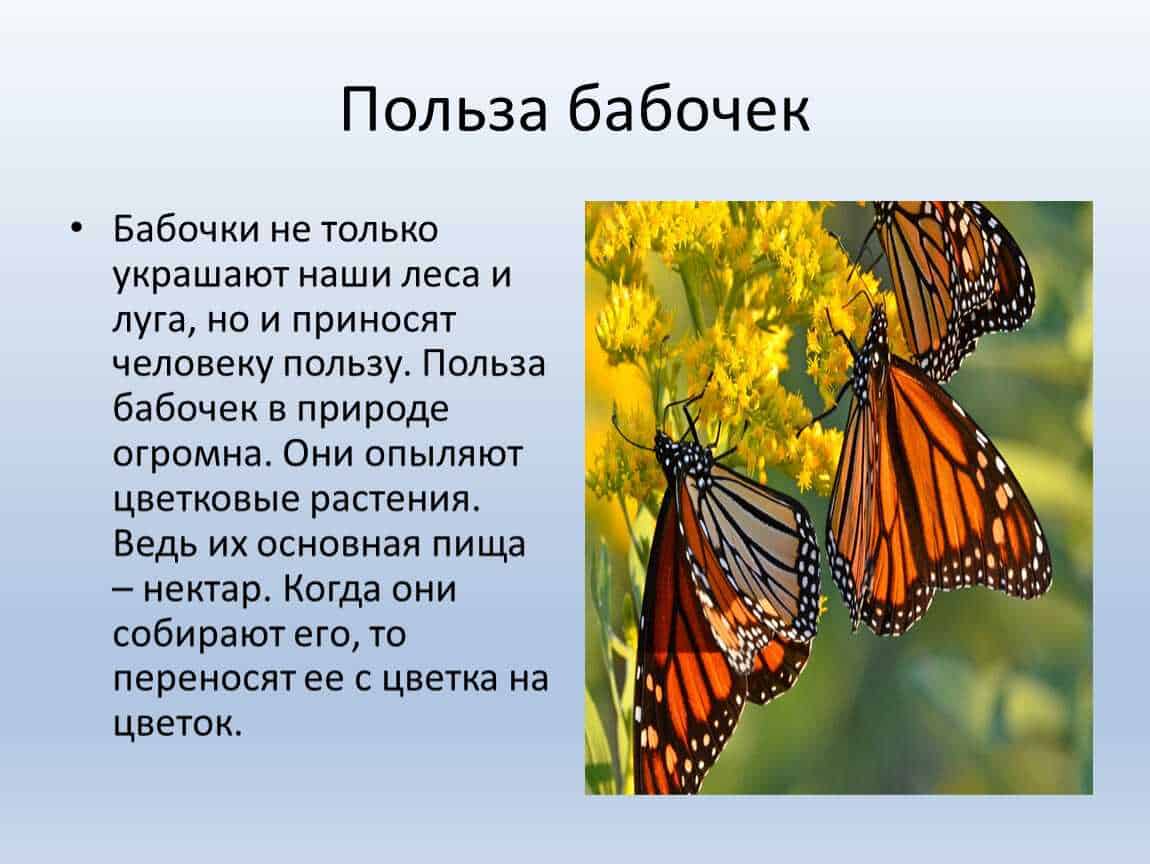
Butterflies play an important role in the ecosystem, especially in the plant kingdom. They function as pollinators, transferring pollen from one flower to another, thus promoting plant reproduction. The color of the butterfly's body is of great importance in this process.
The body color of butterflies often serves as a signal to pollinators. Bright and brightly colored butterflies attract the attention of bees, birds and other insects, which transfer pollen from their body to the flower. Thus, the coloration of butterflies plays a role in attracting pollinators and ensuring pollination of plants.
In addition, the butterfly's body color can serve as a means of protection against predators. Many species of butterflies have bright colors, which can be a signal to predators that they are poisonous or have an unpleasant taste. This helps repel predators and protect butterflies from attack.
Also, body coloring of butterflies can be used for camouflage and hiding from predators. Some species of butterflies have colors that allow them to blend into their environment, making them invisible to predators. This helps butterflies avoid danger and increases their chances of survival.
Thus, butterfly body coloration plays an important role in the ecosystem by providing plant pollination, serving as protection from predators, and helping butterflies survive in their environment.
The importance of security

Butterflies are one of the most beautiful and amazing creatures of nature. These delicate insects attract attention with their bright colors and graceful flight. They perform important functions in the ecosystem and play an important role in plant pollination.
Butterfly conservation is of great importance for preserving the biodiversity of our planet. Many butterfly species are endangered due to the destruction of their natural habitats, pollution and climate change.
One way to protect butterflies is to preserve and restore their habitats. This could include creating sanctuaries and national parks where butterflies can live safely. It is also important to preserve and restore the diversity of plants that provide food sources and egg-laying sites for butterflies.
To effectively protect butterflies, it is also necessary to control the use of pesticides, which can harm both the butterflies themselves and their habitats. It is important to conduct education and propaganda to raise people's awareness of the importance of butterflies and the need to protect them.


